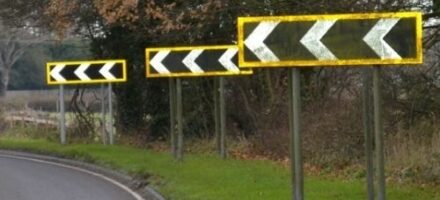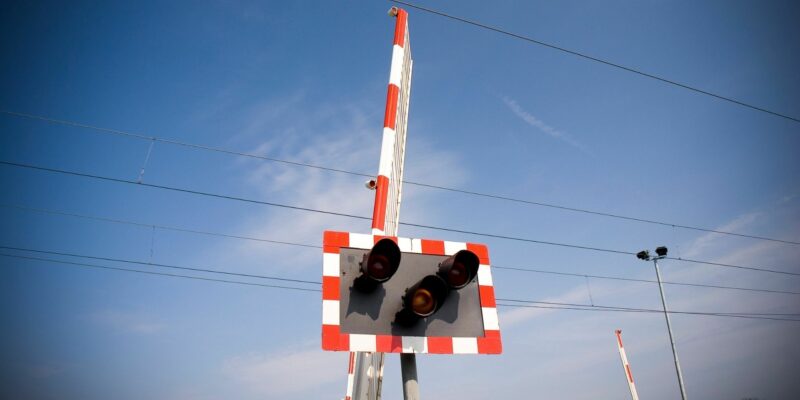
Though they may seem like relics of a bygone age, there are still around 6000 level crossings in use in Britain today. Together, they represent a significant safety hazard. On average 46 incidents take place at level crossings each week, resulting in six fatalities since 2013. The Health & Safety Executive has recognised the hazardous nature of level crossings by declaring that, other than in exceptional circumstances, no new level crossings will be built in Britain. The problem of intersecting rail and road routes would simply be solved in another way today, but retrofitting level crossings across the length and breadth of Britain would be a vastly expensive undertaking so these quaint features of the British road system will probably be with us for some time to come.
Since 2009, Network Rail and partners have eliminated some of the risk associated with level crossings by:
- Closing over 1,250 level crossings
- Continuing to improve the sighting at our level crossings where we can
- Fitting LED road traffic lights at over 500 crossings, significantly improving their brightness
- Introducing new technology to better inform users of a second train approaching the crossing in quick succession to the first
- Repositioning over 250 crossing phones into safe areas for users
- Designing and commissioning a new type of level crossing featuring automatic obstacle detection technology
- Installing barriers at 66 open crossings
- Working closely with British Transport Police to discourage deliberate misuse and to record offences at level crossings
- Rolling out level crossing red-light safety cameras, with 84 currently installed across the network
- commissioned 111 audible warning devices at high risk footpath crossings
- delivered a programme of 100 miniature stop lights for installation at user worked crossings.
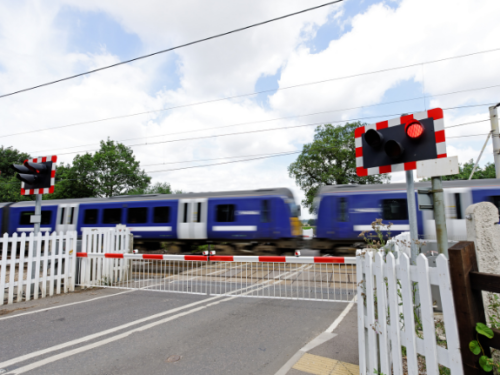
Getting comfortable with the way level crossings operate could help reduce your risk of being involved in an incident with one of them. The danger is particularly acute when travelling on an unfamiliar route. You come across a level crossing unlike any you've ever seen before. Perhaps there is no barrier. There may be a phone next to the roadside. What do you do?
Part of the problem with level crossings is that there is a bewildering variety of them and very little standardisation. A vast multiplicity of authorities, executives, local councils, and private businesses share responsibility for operating and maintaining them. There is no unified control. You may have a vision, or even experience, of a modern level crossing system - a technological marvel where an automated barrier system ascends and descends in perfect synchrony with the approaching and departing trains, posing no danger to anyone and wasting little time. But not all level crossings are like that. Did you know that some level crossings are manually operated, and require you to get out of your vehicle, lift the entry gate, then the exit gate on the other side, drive your vehicle through, then get out and close both gates again before driving off? No? Then read on.
Types of Level Crossing
Here's a breakdown of all the types of level crossing you might encounter and how you should react to them.
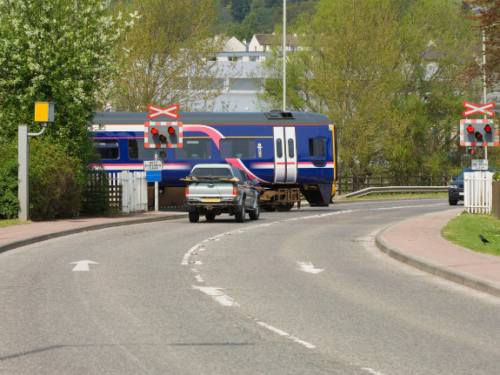
- The most modern level crossings will have barriers that descend to block the roadway - either fully or on one side of the road only - whenever a train is approaching. They will have a lighting system that will flash red when a train is approaching. In addition, an audible alarm system will sound when a train is near. If a second train approaches quickly after the first, the tone of the audible alarm will change.
- Some crossings are as above but without barriers; some are as above but without a system of lights.
- Some level crossings have barriers that are manually operated. They may also have a system of lights that will show red when a train is approaching and green otherwise. When it is safe, you must get out of your vehicle, open the barriers on both sides, and drive through. You must then stop, get out, and close both barriers again before driving off.
- Some level crossings have no barriers, no lights and no audible warnings! At a minimum, there should at least be a "Give Way" sign. At these types of level crossing, there may be a phone by the roadside. These connect to the local railway signal office. You should get out of your vehicle, use the phone to talk to the signal workers and ask them if it's safe to cross. When you have crossed, you should stop on the other side and use the phone there to let them know that you have crossed safely. If there is no phone, you must stop at the "Give Way" sign and look and listen carefully before crossing.
Level Crossing Tips
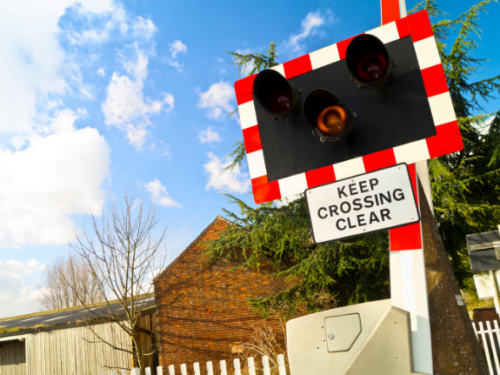
- Never park on the approach to a level crossing.
- Never attempt to overtake on a level crossing.
- Not all level crossings have full-length barriers. Many have barriers that will only block one side of the road. This safety feature is designed to avoid trapping a person, animal or vehicle between the two lowered barriers, sealing them within the dangerous track space.
- Raised barriers at a level crossing don't necessarily mean it's safe to cross. Remember: it could be a manually operated crossing. An irresponsible driver could have raised the barriers and then driven through without stopping to lower the barriers again.
As you can see, there is a great variety of level crossing types in use in Britain today. This is potentially confusing for the motorist and can be a safety hazard. Being aware of the different kinds of level crossing you might encounter can only make your journeys safer and more pleasant.
You might also like
Jardine Motors tests the nation’s drivers on their car maintenance knowledge
Car Insurance Explained: Everything You Need To Know
Understanding Your Car Warning Lights And What You Should Do About Them
Take a look at our YouTube channel, where you’ll find everything from car reviews to expert advice on everything happening at Jardine.
Disclaimer: The information in the article is for general purpose information only and should not be constituted as legal advice. This article has been produced by a third party and Jardine Motors does not take any responsibility for the completeness, accuracy, or reliability with respect to the website or the information provided. Article last updated September 2019.



